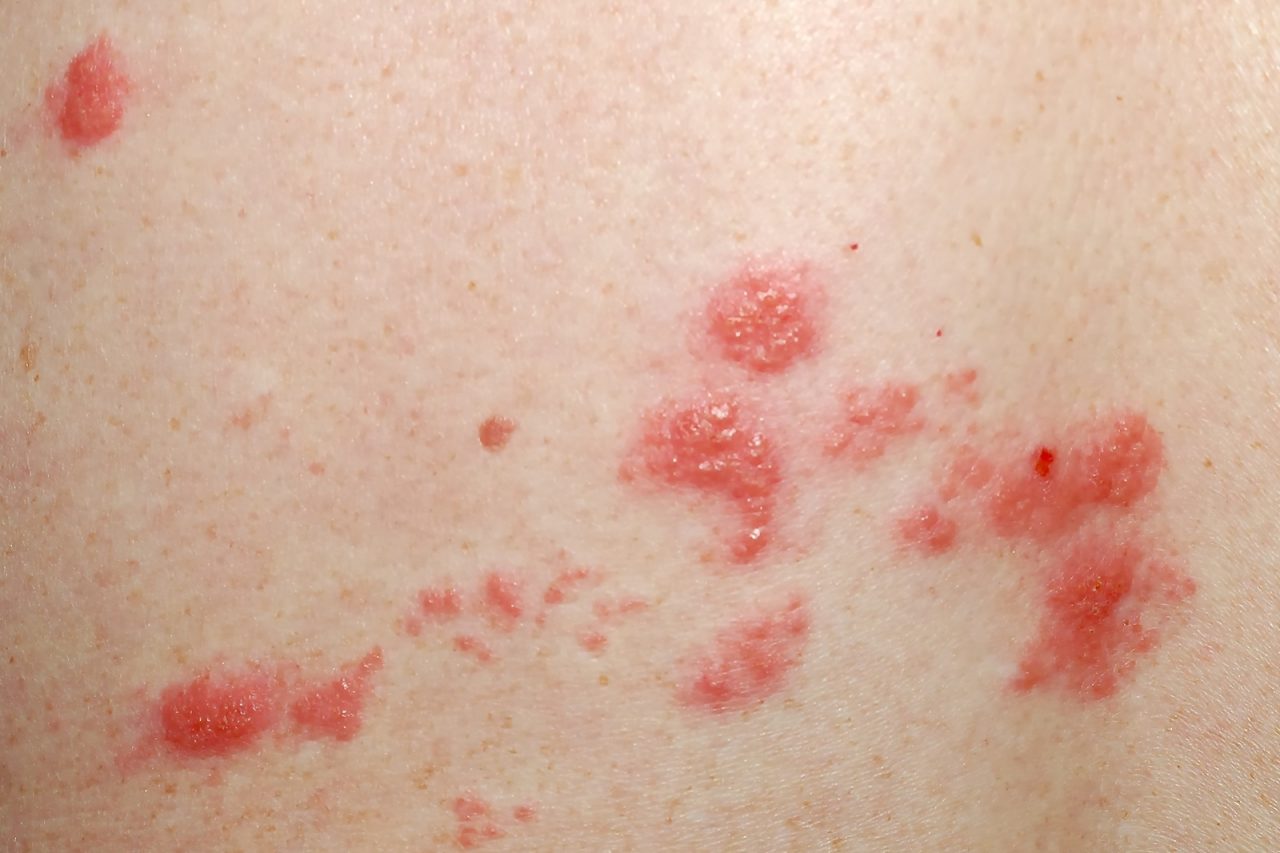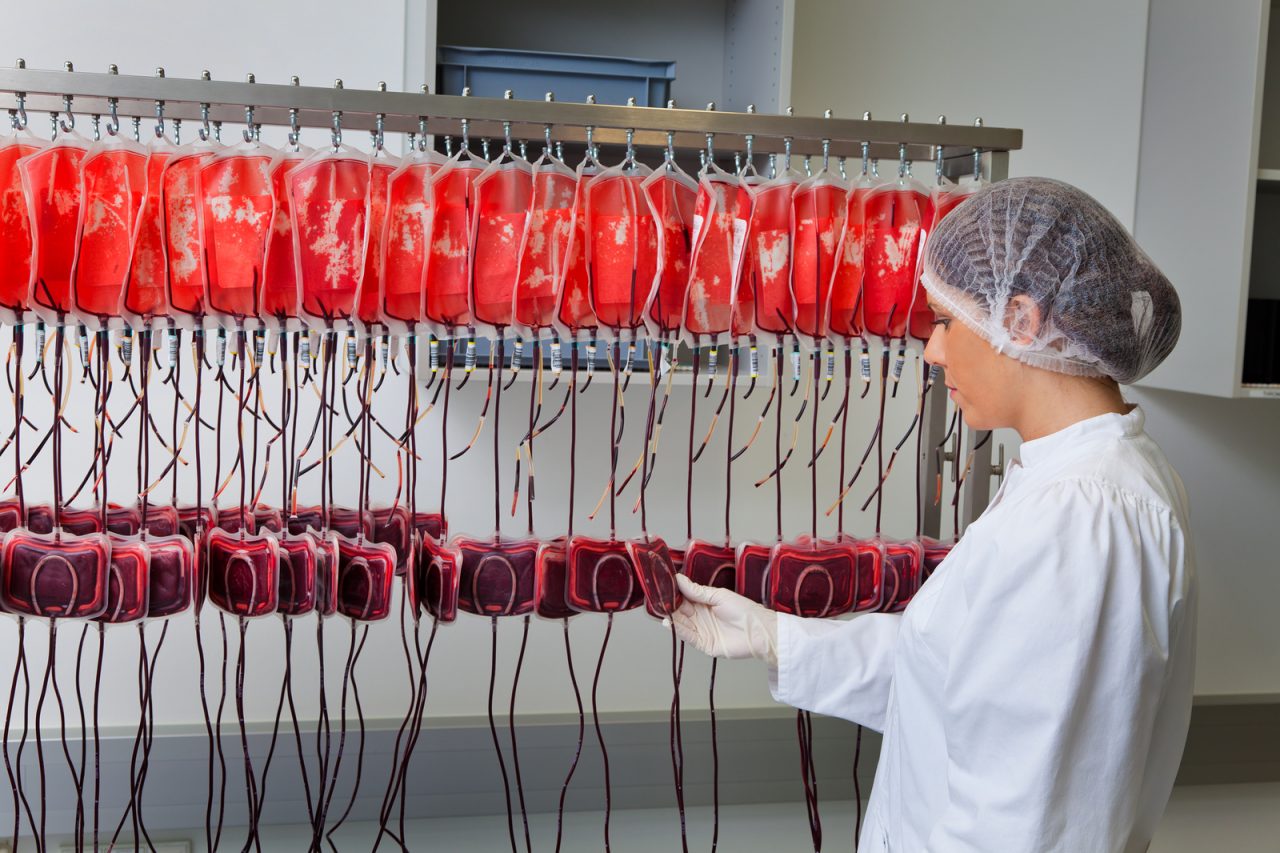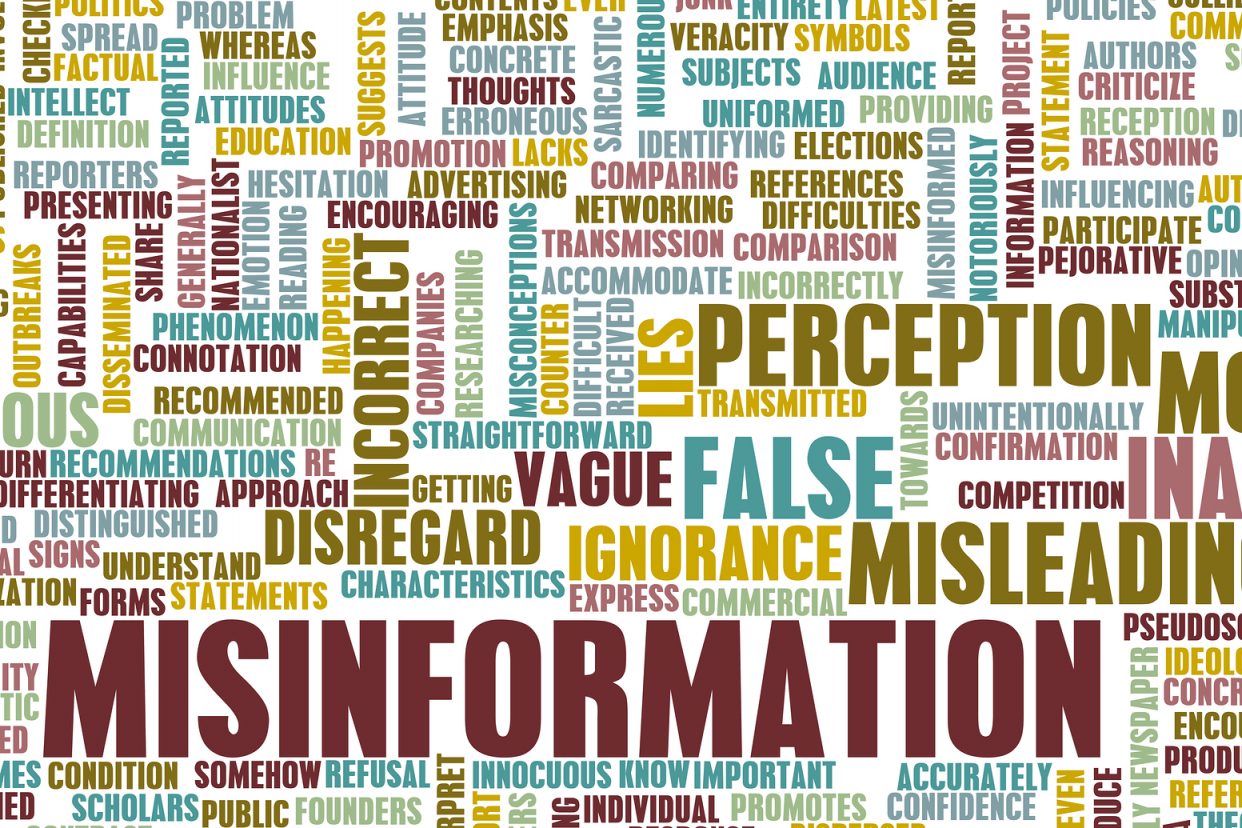Where have all the leaches gone? These days it is nearly impossible to find a doctor who will treat you for perturbations of noxious bile. For 2000 years, the four humors were the basis of all medial care. Doctors knew that when bile became unbalanced you became ill. The relationship of red – black – yellow bile and phlegm defined our physical and mental health. Sad to say those practitioners are now hard to find. It may disappoint my patients to know that I too know very little about “humorous medicine” and thus can offer little in the way of a good bloodletting or hot cupping.
On the other hand, I do think that blood is very important and has a critical role in our health. My practice relies on that modern version of phlebotomy, the blood test. The most basic of these is the Complete Blood Count or CBC. It is probably a good idea for all of us to have a basic understanding of this valuable measurement of our well-being.
The CBC tests the three solid components of blood made in the bone marrow. It does not test the clear liquid fluid portion, also known as serum. The three cellular portions are the white blood count (WBC), the red blood count (hemoglobin, hematocrit) and the platelet count. Changes in these numbers show our bodies’ response to medical problems. Sometimes abnormalities in the CBC can indicate diseases of blood itself.
White blood cells or leukocytes fight infection. A normal white blood count in a CBC is between 4 and 10. Everyone is a little different. The WBC changes during each day and throughout our lives. WBCs rise when we have an infection. It is a sign that our body is responding to the attack. If it is too low, such as with chemotherapy, there is an increased risk of infection.
There are five types of white blood cells. If you look at a CBC report, each type of white blood cells is broken down in the differential. There are Neutrophils (also known as polys, granulocytes or PMNs). Neutrophils slaughter bacteria and fungus. Blood contains Lymphocytes to fight viruses and cancer. Eosinophils kill parasites and regulate inflammation. Eosinophil overreaction results in allergies. There are Basophils that are involved in our immune response. Finally, Monocytes are vacuum cleaners, clearing debris and occasionally attacking microorganisms. In total, the five types of white cells add up to the total WBC. If any of these go up or down, the total white count will change.
Next in looking at a CBC report, you will see the red blood count, referred to as the hemoglobin or hematocrit. Red blood cells carry oxygen from our lungs to our tissues. The hemoglobin test is the amount of red blood cells by weight and the hematocrit is the percentage of red cells in the total blood. The normal hemoglobin range is 12 to 16 and the hematocrit is 40 to 50%. Both are slightly higher in men and tend to fall slowly as we get older. In order to manufacture red blood cells our bone marrow needs iron, B12, folate and other nutrients.
Anemia is when our red blood count is low. We tend to be tired and may even be short of breath. If this occurs because of bleeding, we will become iron deficient. We can also be anemic because our bone marrow is sick and not making red blood or if our red blood cells start breaking down. If our red blood count is too high, we are polycythemic. Then our blood becomes thick and we can have a stroke or heart attack. Several diseases cause this to happen, but the most common is low oxygen from cigarette smoking.
Finally, the CBC report shows our platelet count. Platelets are tiny fragments of material, which clog up holes so we do not bleed. They are like microscopic fingers in the dike. The platelet count is normally between 150 and 350. Platelets will rise if we hemorrhage from any cause, because the body is trying to stop the blood loss.
Several common medical conditions and medicines can result in low platelet counts. Aspirin works by making platelets less “sticky,” although the platelet count does not change. Fortunately, we do not tend to bleed even with low platelet counts unless they are below 20. If our platelets are very high (more then 600) there can be increased clotting. Strangely at very high counts (more then 1000) we actually may bleed.
Therefore, when you read at your CBC result look for those three important numbers. Are your infection fighting WBCs in normal range (4 – 10) and if not, why? What does your hemoglobin (12 – 16) and hematocrit (40-50) say about your red blood? Finally, are your platelets (150-350) on the job, protecting you from bleeding?
Now if I can just get this leach off the keyboard, it is time for me to get back to work.







1 Comment